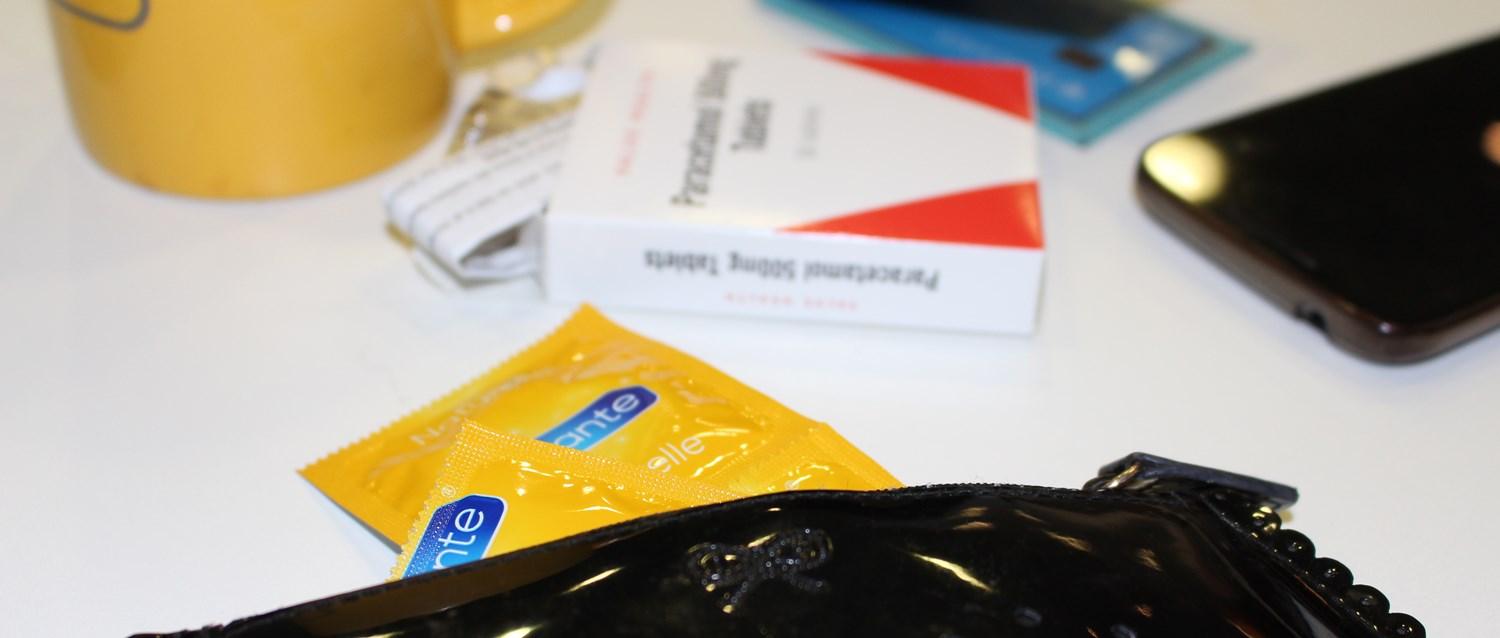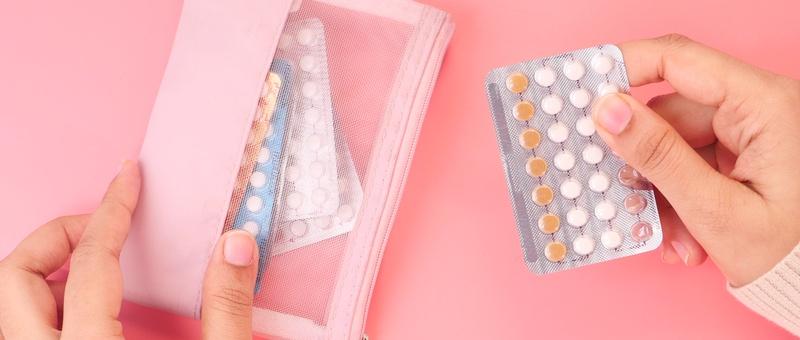
Which types of condoms are best for preventing pregnancy?
Peer reviewed by Dr Krishna Vakharia, MRCGPLast updated by Victoria RawLast updated 2 May 2024
Meets Patient’s editorial guidelines
- DownloadDownload
- Share
- Language
- Discussion
There are many different condoms to choose from, in a variety of colours, shapes and sizes. A condom helps to prevent sexually transmitted infections (STIs) and, when used correctly, helps protects against pregnancy 98% of the time. But the figures are often not as good in practice because condoms aren't always used correctly.
In this article:
Continue reading below
Size matters
Condoms often fail to work properly because they're not the right size. If a condom is too tight, it can break, and if it's too loose, it can slip off or just as easily break because of the extra friction. Width is more important than length.
An increasing number of manufacturers now offer condoms in different sizes and provide online size guides to help you choose the right condom based on your measurements.
To find the right condom size for you, measure the thickest part of your erect penis and its length from the base to the tip.
Make sure your condom fits snugly over the full length of your penis, leaving room for air in the tip. If a condom feels too tight, it can be uncomfortable and increase its chance of tearing during sex. This could lead to unwanted pregnancy and sexually transmitted infections (STIs).
If your condom is slipping off or feeling baggy during sex, it may be too loose. Consider trying a narrower option for a more secure fit.
Latex
Latex condoms are the most widely available and are not expensive - so are the first choice for many. Latex is very reliable at preventing pregnancy and STIs. However, irritation - itching, redness, or rash - may happen after using a latex condom, due to latex allergy.
Continue reading below
Non-latex
Non-latex condoms are a good choice for men - or their partners - with latex allergies. Some people prefer them because they feel different from latex condoms. There are many different varieties of non-latex condoms.
Non-latex condoms are not quite as effective as latex condoms and have a higher rate of breaking, meaning their effectiveness is very slightly lower at around 95%.
The most common material used for non-latex condoms is polyurethane, but other materials such as lambskin are also sometimes used.
Some people find lambskin condoms have less effect on sensation than latex, but lambskin is much less effective at protecting against STIs and preventing pregnancy.
Spermicides
A spermicide immobilises and destroys sperm and is often combined with a condom. Spermicides are up to 80% effective if used on their own, but this increases to 97% when combined with a condom. But that's very slightly lower than using a condom without a spermicide, which is 98% effective. That's because there's a slight risk of the spermicide damaging the latex. A spermicide may also cause some irritation.
Continue reading below
Lubricants
Using a lubricant doesn't make the condom any more comfortable but does reduce the risk of the condom breaking or falling off because vaginal dryness can cause friction. Not all lubricants are compatible with condoms though.
Latex can be damaged by oil-based lubricants, so condoms should not be used with products like baby oil, coconut oil, Vaseline®, or body lotion. Water-based or silicone-based lubricants should be used instead.
Ultra-thin
Many people find ultra-thin condoms have less reduction in sensation and pleasure. They aren't any more likely to break than other condoms so there's no increased risk. This all makes ultra-thin condoms very popular but they also tend to be more expensive.
Novelty and flavoured
There are various types of speciality condoms, including glow-in-the-dark, textured, flavoured, and lots of different shapes. Many novelty and flavoured condoms are made from latex and are just as effective as other latex condoms.
But not all speciality condoms are good enough for preventing STIs and pregnancy. Always check the packaging to make sure the condoms are approved. Otherwise choose a different variety.
Female condoms
Female condoms have been shown to be less effective than male condoms due to the difficulty with inserting them properly. However, they have 95% success at preventing pregnancy and STIs if used properly, which is only slightly less than male condoms. The female condom gives women control over their own protection against STIs and the condom can be inserted up to eight hours before sex2.
Further reading
Patient picks for Contraception

Sexual health
Morning after pill myths debunked
Sometimes, despite our best intentions, accidents happen. If you find yourself needing emergency contraception because of unprotected sex, try not to panic. Here we debunk the most common misconceptions about taking 'the morning after pill'.
by Dr Jennifer Kelly, MRCGP

Sexual health
What is post-birth control syndrome?
After stopping birth control, you may notice physical or emotional changes in your body. While not officially recognised as a medical condition, these symptoms are often referred to as post-birth control syndrome (PBCS).
by Victoria Raw
Continue reading below
Article history
The information on this page is peer reviewed by qualified clinicians.
Next review due: 2 May 2027
2 May 2024 | Latest version
16 Nov 2017 | Originally published
Authored by:
Dr Colin Tidy, MRCGP

Ask, share, connect.
Browse discussions, ask questions, and share experiences across hundreds of health topics.

Feeling unwell?
Assess your symptoms online for free
Sign up to the Patient newsletter
Your weekly dose of clear, trustworthy health advice - written to help you feel informed, confident and in control.
By subscribing you accept our Privacy Policy. You can unsubscribe at any time. We never sell your data.